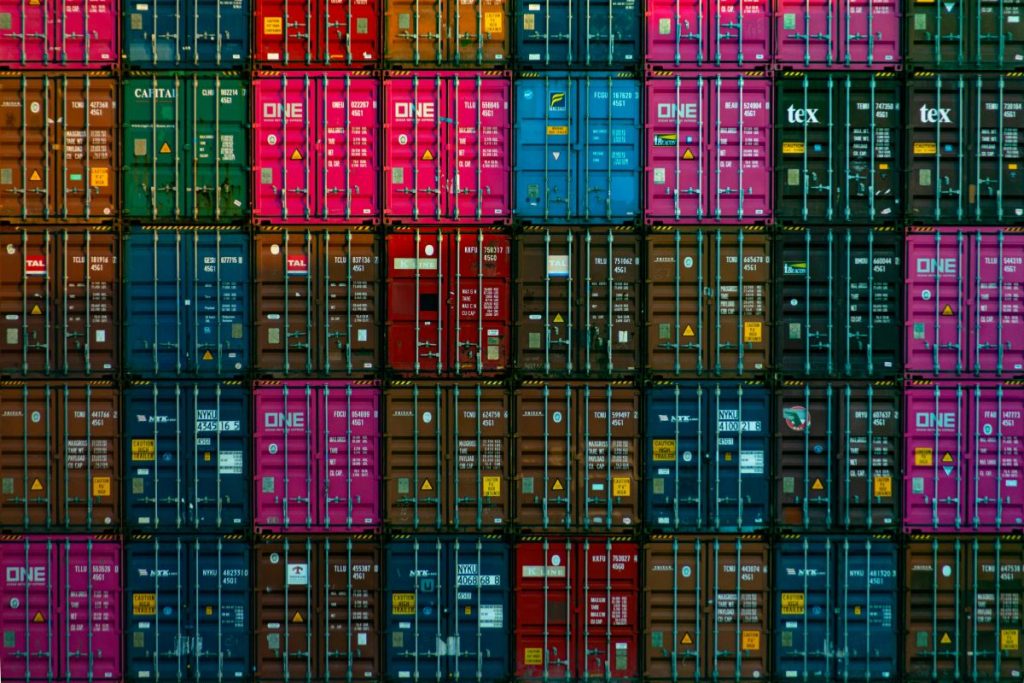Sweeping tariff hikes on Canada, Mexico, and China are upending global trade, impacting manufacturing, shipping, and e-commerce. As businesses scramble to adjust, supply chains face rising costs, retaliatory measures, and an uncertain future.
A Trade War That Moves Faster Than Ever
President Donald Trump’s latest round of tariffs has introduced an unprecedented level of uncertainty for global trade. Using the International Emergency Economic Powers Act (IEEPA), the White House has imposed 25% duties on all imports from Canada and Mexico—excluding energy products, which will face a 10% tariff—while also implementing a 10% tariff on Chinese imports. Unlike previous trade policies that took months to unfold, this action bypasses traditional agency reviews, allowing the administration to enforce tariffs with immediate effect.
The sweeping nature of these measures has put supply chains on high alert. Canada and Mexico accounted for nearly 28% of total U.S. imports in 2023, with key industries—including automotive, electronics, and fresh produce—now bracing for higher costs and logistical complications. Meanwhile, the removal of the de minimis exemption for shipments under $800 from these countries, along with China, will have a profound impact on cross-border e-commerce.
The White House has made it clear that these tariffs will remain in place until Canada, Mexico, and China meet specific demands related to immigration control and drug enforcement. However, without a clear timeline or measurable benchmarks, businesses are left uncertain about how long these trade restrictions will last.
The Supply Chain Fallout: Inflationary Pressures and Sourcing Shifts
The latest tariffs come at a time when companies are already reconfiguring sourcing strategies in response to trade tensions and economic uncertainty. While Trump’s 2017-2019 tariffs primarily targeted China, the inclusion of Canada and Mexico this time marks a significant escalation, further complicating supply chain decision-making.
The U.S. automotive sector is among the hardest hit. Automakers have long relied on integrated supply chains that shuttle parts back and forth across North American borders. With the sudden imposition of tariffs, companies will either have to absorb the costs, renegotiate contracts, or shift sourcing—each of which carries its own challenges.
E-commerce businesses are also facing an existential shake-up. Platforms that previously benefited from de minimis exemptions, such as Temu and Shein, are now forced to comply with full customs requirements, eroding their pricing advantage. The additional filing costs and duty requirements will not only raise consumer prices but could also lead to longer delivery times, challenging the speed-driven model that has fueled their U.S. success.
Retaliation Begins: Global Trade Relationships Under Strain
Despite anti-retaliation clauses in the executive orders, the first wave of countermeasures is already in motion. Canada has announced a 25% tariff on over $100 billion worth of U.S. exports, rolling out duties in phases over the coming weeks. Mexico and China are expected to follow, though the specifics of their responses remain unclear.
Retaliatory tariffs could have far-reaching consequences for U.S. exporters, particularly in agriculture and manufacturing, where foreign market access is critical. If additional trade barriers emerge, companies may begin accelerating diversification strategies—expanding beyond the “China Plus One” model to include additional production hubs in Southeast Asia, Latin America, or even reshoring select operations to the U.S.
For businesses reliant on global trade, these developments pose serious challenges. Costs will rise, margins will shrink, and pricing strategies may need to be overhauled to offset the impact of tariffs on both imports and exports.
The Air Cargo Shake-Up: A Sudden Shift in Demand
One of the most immediate effects of the tariff rollout is expected in air cargo. The removal of de minimis exemptions for Chinese goods, a key driver of transpacific e-commerce shipments, is poised to reshape demand across air freight networks.
Previously, retailers shipped vast volumes of low-cost consumer goods via air cargo to bypass slower ocean freight timelines while avoiding tariffs. With the exemption gone, these shipments will now be subject to new customs processes, adding both cost and complexity.
For air cargo carriers, this change could significantly reduce transpacific freight volumes. A drop in demand could lead to downward pressure on air freight rates, particularly on China-U.S. lanes. If shipping costs decline as a result, businesses that previously shifted to air freight for speed may once again reconsider slower, more cost-effective alternatives like ocean freight.
How Businesses Are Preparing for the Next Wave of Tariffs
The scope and speed of these new trade restrictions have left little time for companies to react. Unlike Trump’s first-term tariffs, where businesses had months to adjust sourcing strategies, this round of duties was implemented with just days’ notice. The possibility of further tariff hikes, including the rumored 60% duty on Chinese imports and additional levies on European goods, has companies weighing their next steps carefully.
Historically, shippers have responded to tariff increases by frontloading inventory—importing as much as possible before duties take effect. However, with tariffs now applied with minimal warning, the window for stockpiling goods may be closing. Instead, businesses may turn to long-term adjustments, such as shifting production to tariff-exempt markets, investing in alternative shipping routes, or renegotiating supplier contracts to offset rising costs.
At the same time, the uncertainty surrounding the duration of these tariffs is creating hesitation. With duties linked to political benchmarks rather than economic conditions, businesses are wary of making costly changes that may not be necessary if tariffs are reversed.
A New Trade Landscape Takes Shape
Trump’s aggressive tariff strategy signals a dramatic shift in global trade dynamics. By leveraging emergency powers to implement sweeping restrictions without the usual bureaucratic processes, the administration has demonstrated that trade policy can now change in an instant.
For businesses, the message is clear: agility is no longer optional. Companies that can quickly adapt to shifting trade policies—whether by diversifying suppliers, adjusting logistics networks, or leveraging technology for real-time cost analysis—will be best positioned to navigate this new era of uncertainty.
While trade battles are nothing new, the speed and scale of these tariffs have raised the stakes. Whether this latest round of duties results in meaningful supply chain realignments or simply a new cycle of trade retaliation remains to be seen. What is certain, however, is that global commerce has entered a period of heightened volatility, where resilience and adaptability will determine who thrives and who gets left behind.







